Condenser microphones
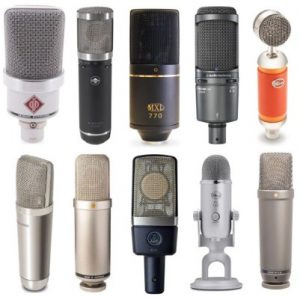
Condenser microphones work better on high frequency instruments such as:
⦁ Acoustic guitars
⦁ Cymbals
⦁ Piano
Dynamic microphones
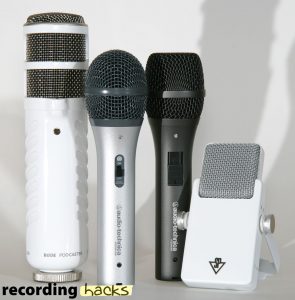
Dynamic microphones work better on low-mid frequency instruments such as:
⦁ Drums
⦁ Electric guitar cabs
The reason condenser microphones work better with high frequencies is because they use a smaller, lighter diaphragm to capture sound.Condenser mics however, require phantom power to amplify the weaker voltage.With phantom power, condenser mics can achieve higher gain, and record softer sounds. The lighter diaphragms in condenser mics are also more fragile.That is why the stronger diaphragms of dynamic mics are better for louder instruments like drums.
Dynamic mics are great on-stage, they allow for higher gain before feedback. In live environments, where many microphones record many sounds in close proximity, feedback is a common problem. But since dynamic mics are generally less-sensitive than condenser mics, they’re also better at resisting feedback.
Microphone techniques
Micing up amps the right was is important. When miking up a bass or guitar amp, you need to consider where to place the mic, what mic to use and how close to place it, for example the amp should be close miced up with a dynamic microphone and placed more on the left or right side of the amp as thats where the speakers are and the middle part is wood.
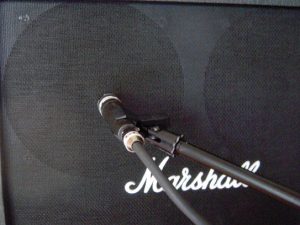
Technical issues that can 0ccure
talkback, fold back, managing takes, data storage/archiving, track laying,
Organisational issues
Tuning instruments, working with musicians, communication, organisation,timekeeping, keeping records, preparation, clearing up
Music production techniques.
I researched music production techniques an found this website. This website had loads of good videos about all the different techniques in prodction and studio work. In one of the videos that i wached, the man talked about not just the techniques but also, understanding all of the major desicions of how, when and why to do everything whats involved in the production. He also talked about the concepts of music production and in other vieos he gave specific things to do. He also talked about mixing and mastering.
Over all the website gave good tips and had a lot of content such as,
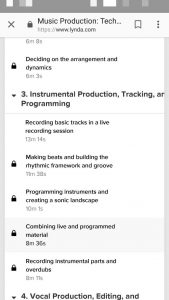
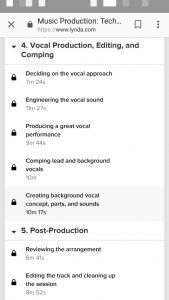
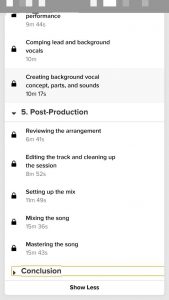
Equalisation
Equalisation is the process of adjusting the balance between frequency components within an electronic signal.
In sound recording and reproduction, equalisation is the process commonly used to alter the frequency response of an audio system using linear filters.
Equalisers are used in recording studios and in instrument amplifiers, such as guitar amplifiers, to correct or adjust the response of microphones, instrument pick-ups and hall acoustics. Equalization may also be used to eliminate or reduce unwanted sounds for example low hum coming from a guitar amplifier, make certain instruments or voices more or less prominent and combat feedback. An acoustic guitarist who finds that her instrument sounds too boomy may ask the audio engineer to reduce the low frequency range response.
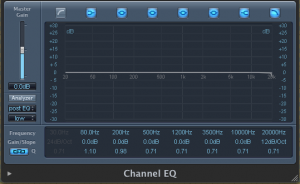
Transparent Equalisation
If you want something sounding a little cleaner or just uninterested in adding any colour to your audio you can stick with a purely digital EQ.
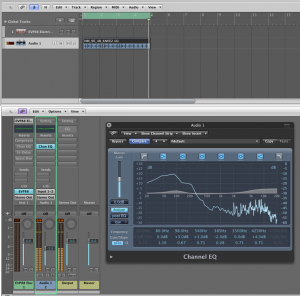
Panning
Panning is an essential element of every mix. The basic concept of panning is that you can control which sounds you want coming out from which speaker. the negative side is the left speaker and the positive side is the right speaker.

